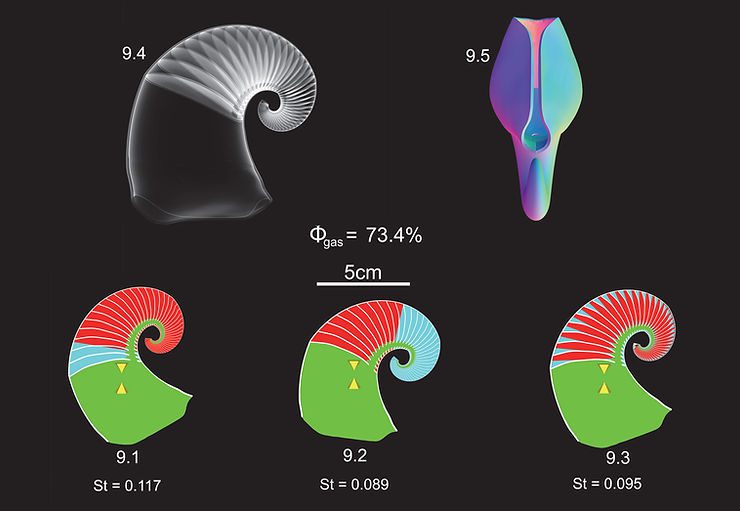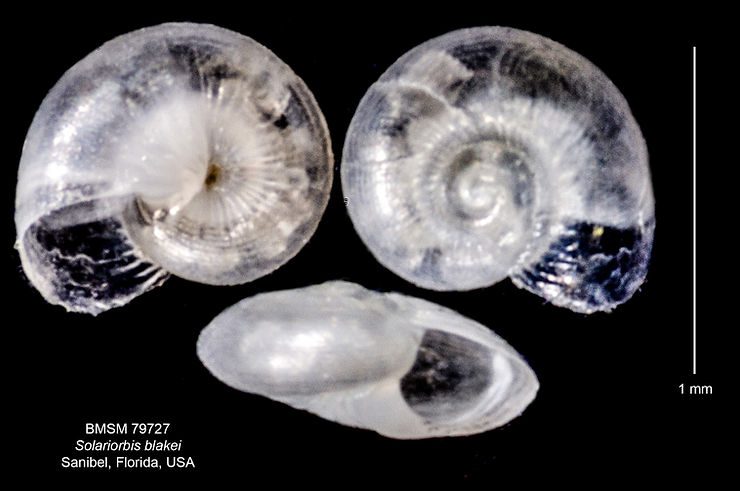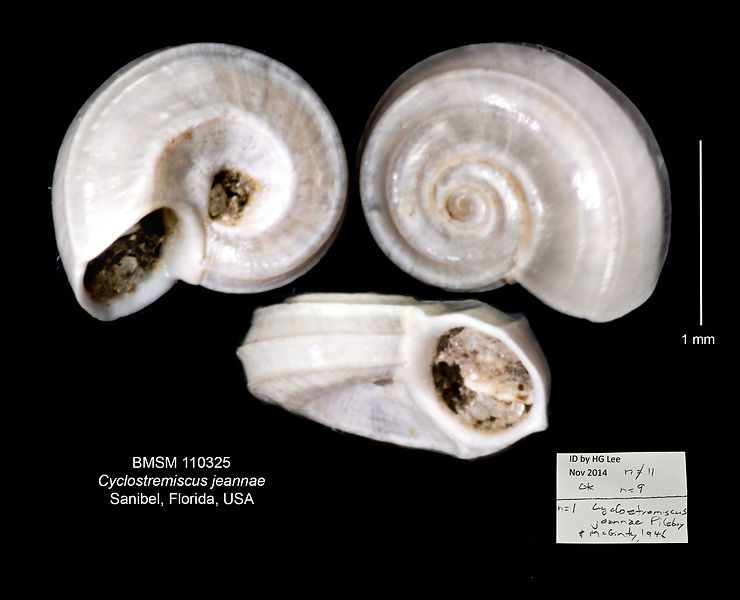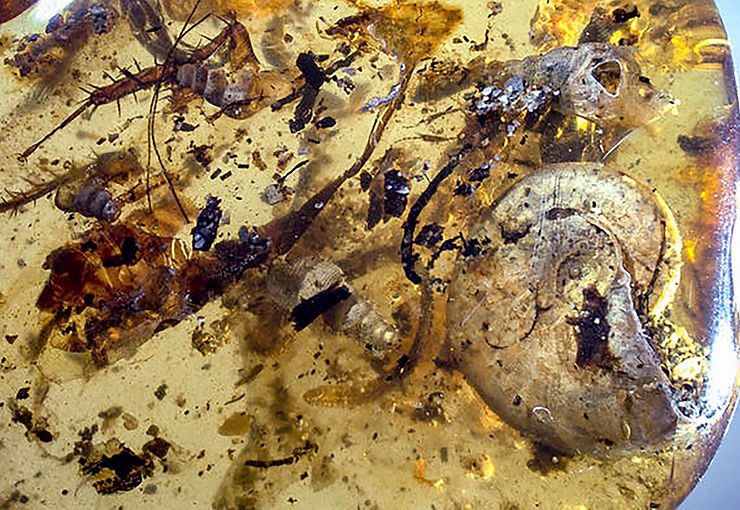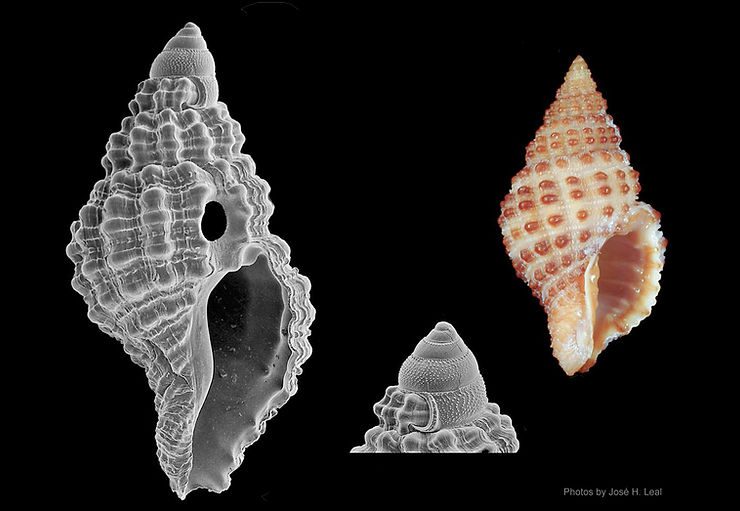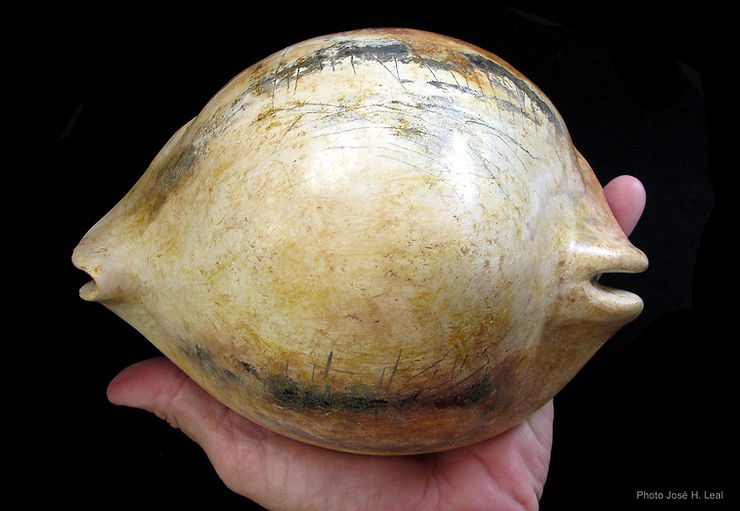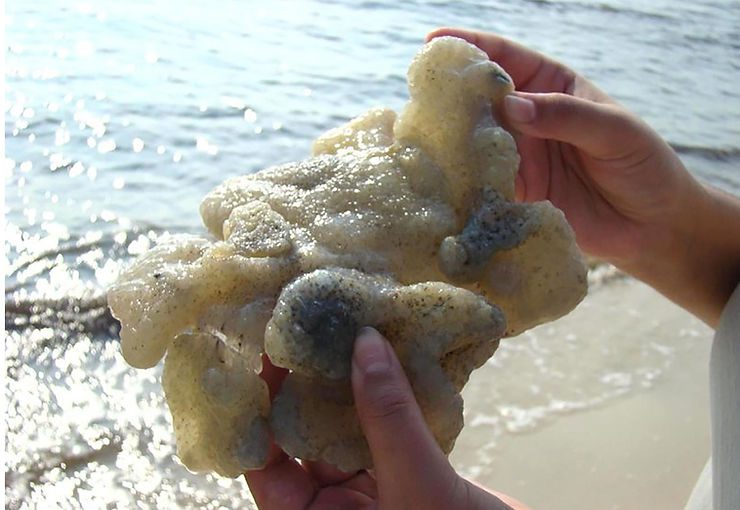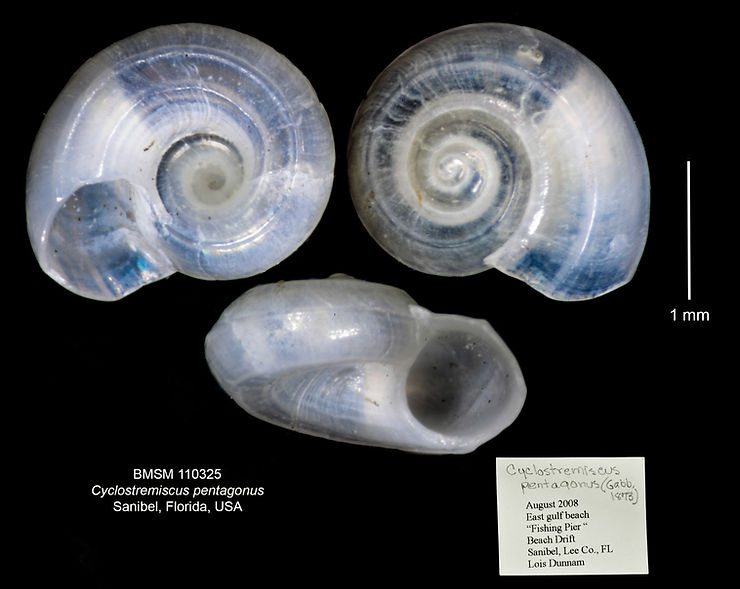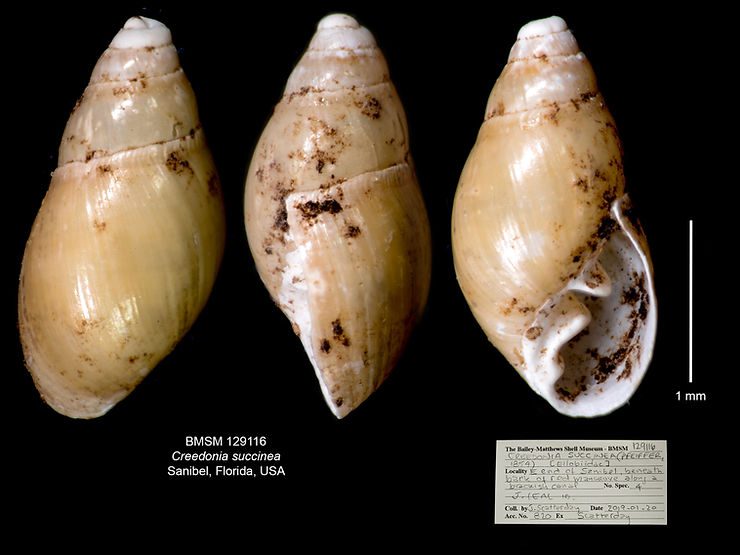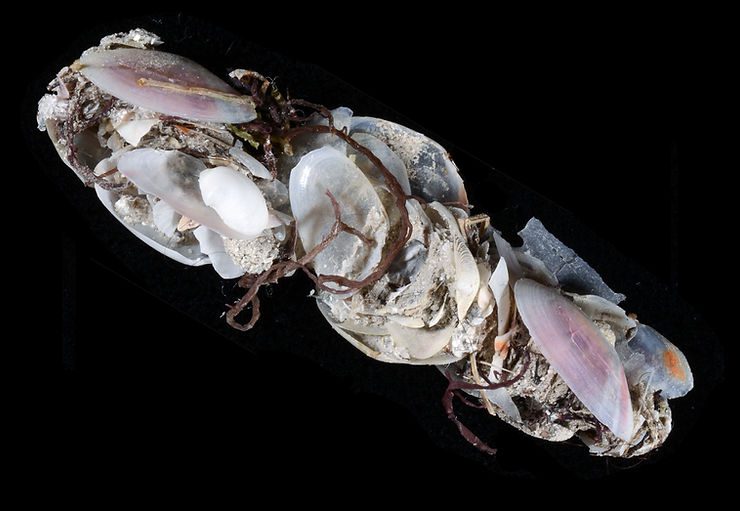
A Shelly Worm Tube
Early this week, Museum staff member Austin Salender found a 40 mm (about 1.6 inch) piece of a Plumed or Ornate Worm (Diopatra cuprea) tube (photo), during one of the Museum’s Beach Walks at Island Inn on Sanibel. Pieces of Plumed Worm tubes are common on our beaches. They are usually covered with seaweed, shell fragments, tiny pebbles, sand grains, pieces of coral, and other marine debris that the worm picks up from its environment and attaches to its tube, which consists mostly of polyssacha
